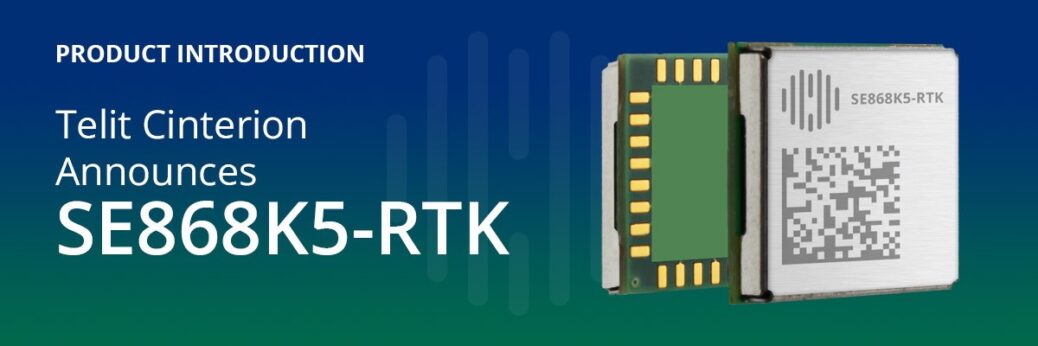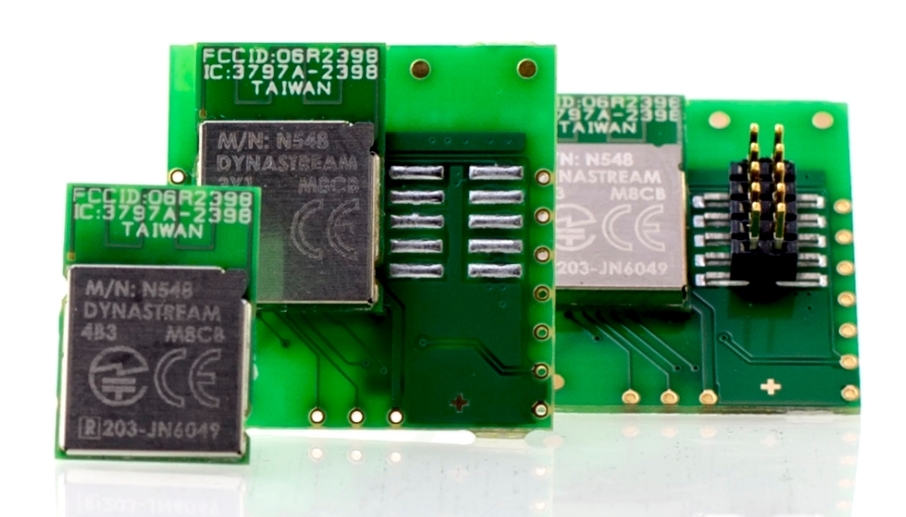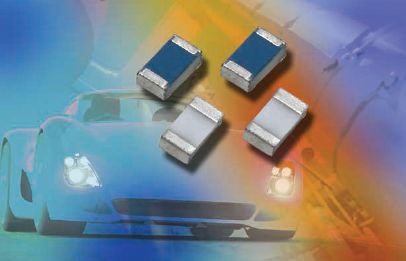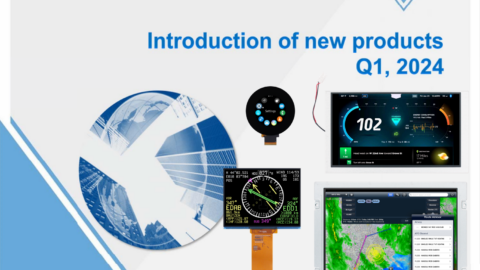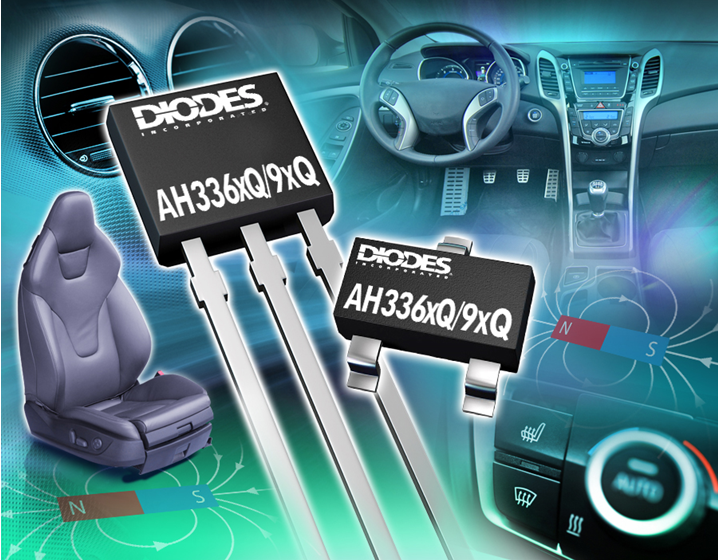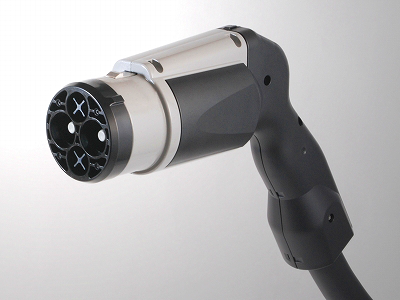Telit Cinterion’s First High-Precision GNSS Module – SE868K5-RTK
The SE868K5-RTK is a multifrequency (L1/E1, L5/E5) and multiconstellation Real-Time Kinematics (RTK) positioning GNSS receiver module. It is a member of Telit Cinterion’s xE868 form factor family.
The SE868K5-RTK is a multifrequency and multiconstellation positioning receiver module that offers a compact design and optimized positioning engine for high-quality navigation. Its real-time kinematic (RTK) capabilities deliver exceptional performance for applications that require high precision (e.g., precision agriculture and drones). This module uses two frequencies (i.e., L1/E1 and L5/E5) to enhance location accuracy and reduce multipath effects in urban areas. With the injection of differential corrections, the SE868K5-RTK can achieve centimeter-level accuracy in addition to its standard capabilities.
The module can receive real-time kinematic (RTK) corrections from customer’s base stations or from recommended service providers for achieving centimeter-level accuracy. The SE868K5-RTK can also operate without corrections, utilizing its internal position engine, achieving performance levels on par with its predecessor, the SE868K5-D.
In addition, this GNSS module includes: 
- A powerful baseband processor
- Embedded memory and PSRAM
- A separate power supply for the real-time clock (RTC)
- Low noise amplifiers for improved performance
- A pre-amplification SAW filter for better interference immunity
- Switching regulator for best consumption
The support of Assisted GNSS (A-GNSS) with self- and server-generated orbit predictions allows fast-fix acquisition. This feature further reduces power consumption following module wake-ups.
|
Order SE868K5-RTK at R24 SE868K5-RTK Product Brief
Target applications:
|
Key features:
|
SE868K5 family
The SE868K5 family is based on the last generation 12 nm chipsets for long life support and reduced supply chain issues. It is a member of Telit Cinterion’s xE868 form factor family. The SE868 sub-compact form factor (11 x 11 mm) is a well-established industry standard in a 32-pad, QFN-like package. Modules in the family vary in depth dimension from 2.6 to 6.1 mm, depending on the presence and type of integrated antenna.

